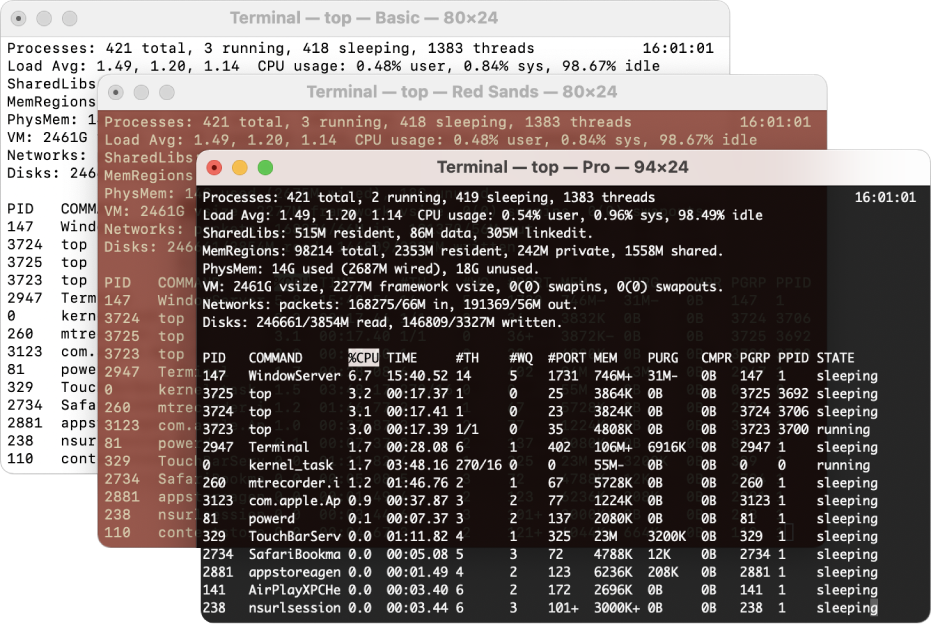

- #MACBOOK COMMAND PROMPT FOR APPLICATION FOLDER WINDOWS 8#
- #MACBOOK COMMAND PROMPT FOR APPLICATION FOLDER DOWNLOAD#
- #MACBOOK COMMAND PROMPT FOR APPLICATION FOLDER MAC#
- #MACBOOK COMMAND PROMPT FOR APPLICATION FOLDER WINDOWS#
Note: The Mac command line delete file feature is final and irreversible. Delete files and folders in cases when Finder is unresponsive.Get rid of files that are invisible to you within Finder (usually system or root files, for example.Remove files from Trash, including ones you can’t delete by simply emptying the trash.

#MACBOOK COMMAND PROMPT FOR APPLICATION FOLDER DOWNLOAD#
Specifying -w will cause the subl command to not exit until the file is closed.So here's a tip for you: Download CleanMyMac to quickly solve some of the issues mentioned in this article. To use Sublime Text as the editor for many commands that prompt for input, set your EDITOR environment variable: Or: %s Open the given directoriesįilenames may be given a :line or :line:column suffix to open at a specific location. To the terminal when a file is closed (only relevant if waiting for a file).įilenames may be given a :line or :line:column suffix to open at a specific h or -help: Show help (this message) and exit safe-mode: Launch using a sandboxed (clean) environment s or -stay: Keep the application activated after closing the file b or -background: Don't activate the application w or -wait: Wait for the files to be closed before returning a or -add: Add folders to the current window Or: subl - Edit files that may start with '-' The available flags will vary per operating system – the following example is from a Mac. To see the available flags, run subl -help. Most default PATH environment variable values should contain /usr/local/bin, so no further commands should be necessary. The exact details of the symlink command will depend on the installation location. Sudo ln -s /opt/sublime_text/sublime_text /usr/local/bin/subl If installing from a tarball, the sublime_text executable should be symlinked to subl, with a command such as: If Sublime Text is installed via one of the Linux Package Manager Repositories or a package, a subl symlink will automatically be installed into the /usr/bin/ directory. If using Zsh, the default starting with macOS 10.15, the following command will add the bin folder to the PATH environment variable:Įcho 'export PATH="/Applications/Sublime Text.app/Contents/SharedSupport/bin:$PATH"' > ~/.zprofile If using Bash, the default before macOS 10.15, the following command will add the bin folder to the PATH environment variable:Įcho 'export PATH="/Applications/Sublime Text.app/Contents/SharedSupport/bin:$PATH"' > ~/.bash_profile For a typical installation of Sublime Text, this will be located at /Applications/Sublime Text.app/Contents/SharedSupport/bin. To use subl, the Sublime Text bin folder needs to be added to the path.
#MACBOOK COMMAND PROMPT FOR APPLICATION FOLDER WINDOWS#

In the Variable value input, add an entry with the Sublime Text installation directory. Select, or create, the Path environment variable in the appropriate section:įor the current user, select Path in the User variables for sectionįor all users, select Path in the System variables section Click the button Environment Variables at the bottom of the System Properties dialog.Click on Advanced System Settings in the left-hand sidebar.Right-click on Computer and select Properties.
#MACBOOK COMMAND PROMPT FOR APPLICATION FOLDER WINDOWS 8#
Show instructions for: Windows 10, Windows 8


 0 kommentar(er)
0 kommentar(er)
